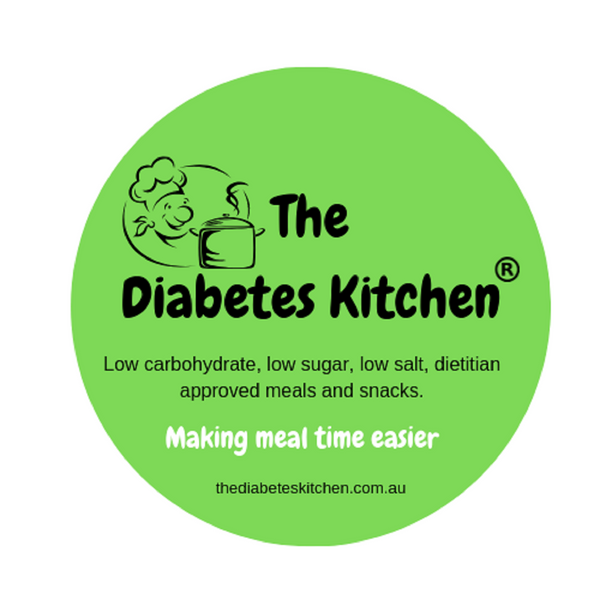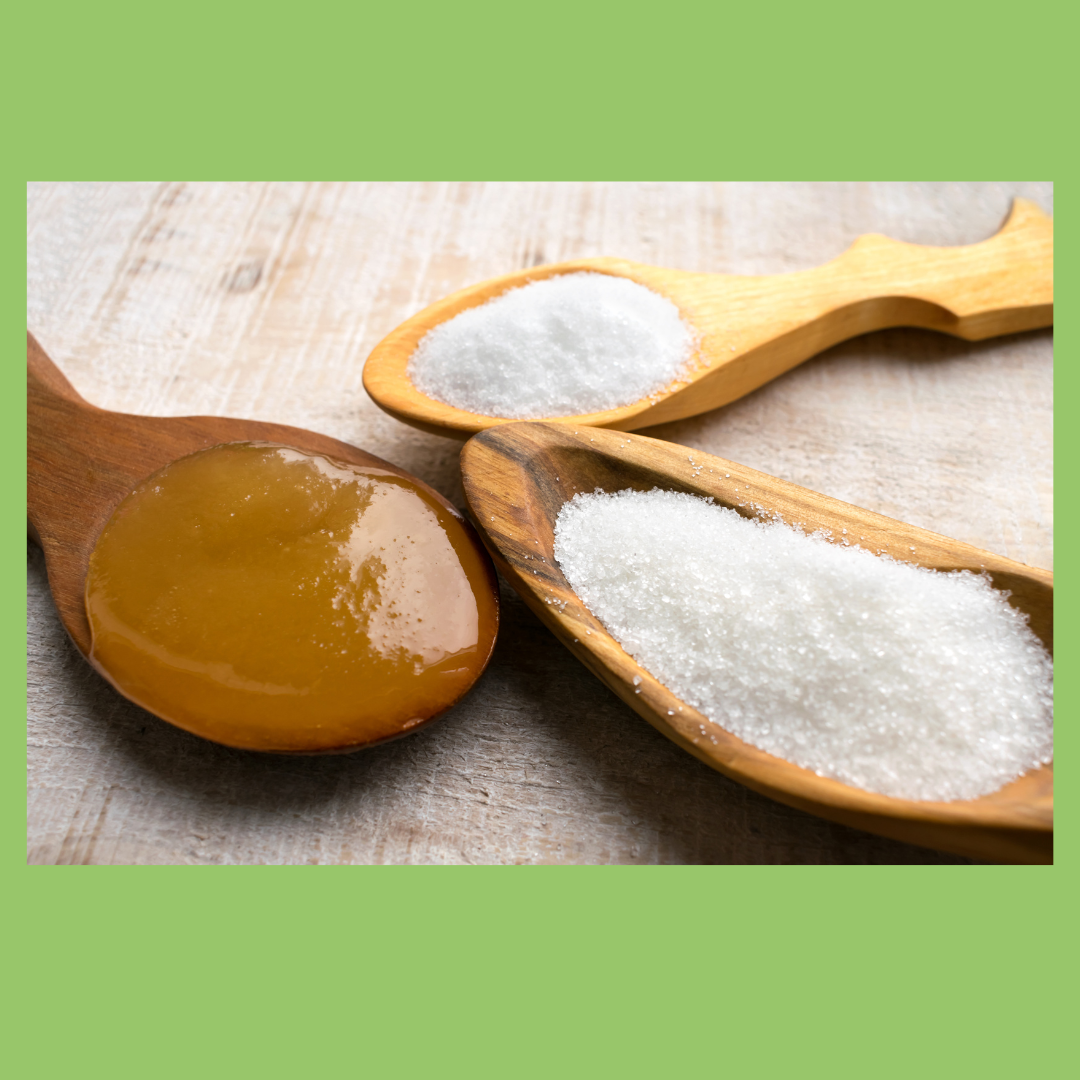Sugar substitutes, also known as artificial sweeteners or sugar alternatives, are substances used to sweeten foods and beverages without adding significant calories. They are commonly used by people who want to reduce their calorie or sugar intake, including individuals with diabetes. There are several types of sugar substitutes, each with its own characteristics and uses. Here are some common sugar substitutes:
1. Artificial Sweeteners:
- Aspartame: Sold under brand names like NutraSweet and Equal, aspartame is often used in sugar-free beverages, sugar-free gum, and sugar-free desserts.
- Sucralose: Sold under the brand name Splenda, sucralose is heat-stable and can be used in cooking and baking. It's commonly found in a wide range of sugar-free products.
- Saccharin: Available as Sweet'N Low, saccharin is one of the oldest artificial sweeteners. It's often used in tabletop sweeteners.
- Acesulfame Potassium (Ace-K): Acesulfame potassium is found in sugar-free drinks, sugar-free gum, and sugar-free desserts. It's often used in combination with other sweeteners.
2. Sugar Alcohols (Polyols):
- Erythritol: Erythritol is a sugar alcohol that is well-tolerated by most people. It has very few calories and is often used in sugar-free candies and gums.
- Xylitol: Xylitol is another sugar alcohol used in sugar-free gum, sugar-free candies, and sugar-free baked goods. It's also found in some oral care products.
- Mannitol and Sorbitol: These sugar alcohols are used in sugar-free candies and sugar-free chewing gum.
3. Steviol Glycosides (Stevia):
- Steviol glycosides are natural sweeteners extracted from the leaves of the stevia plant. They are often sold under brand names like Truvia and Stevia in the Raw. Stevia is known for its intense sweetness and is used in a variety of sugar-free and reduced-sugar products.
4. Monk Fruit Extract:
- Monk fruit extract, also known as monk fruit sweetener or Luo Han Guo, is derived from the monk fruit. It is a natural sweetener with zero calories and is used in sugar-free and low-sugar foods and beverages.
5. Allulose:
- Allulose is a relatively new sugar substitute that is naturally present in small quantities in certain foods like wheat, raisins, and figs. It has a similar taste and texture to sugar and is used in some sugar-free and low-sugar products.
6. Tagatose:
- Tagatose is a low-calorie sugar substitute derived from lactose (milk sugar). It is used in some sugar-free and reduced-sugar products.
7. Advantame:
- Advantame is a high-intensity artificial sweetener that is significantly sweeter than sucralose or aspartame. It is used in a variety of foods and beverages.
It's important to note that the sweetness, intensity, taste, and usage of these sugar substitutes can vary. Some may be suitable for cooking and baking, while others may not hold up well under heat. Additionally, individual preferences for sweetness can vary, so it may take some experimentation to find the right sugar substitute for your needs.
When using sugar substitutes, it's essential to follow recommended guidelines and avoid excessive consumption. Some people may experience digestive discomfort when consuming large amounts of sugar alcohols, so moderation is key. If you have specific dietary concerns or health conditions, it's advisable to consult with a healthcare professional or registered dietitian for personalised guidance on sugar substitutes.
Sugar Substitutes Available in Australia
A multitude of sugar substitutes, which serve as alternatives to conventional table sugar (sucrose), are available in Australia. Individuals with diabetes or other dietary restrictions who wish to reduce their sugar consumption frequently utilize these sugar substitutes. The following are frequent sugar substitutes found in Australia:
Stevia, a natural sweetening agent, is extracted from the stevia plant's leaves. Although it is numerous times sweeter than sugar, it is calorie-free. Australian retailers carry stevia-based sweeteners in liquid, granule, and tablet forms.
Erythritol is a sugar alcohol that is employed as an alternative to sugar. Although it possesses a comparable flavor to sugar, it is calorie-free and does not exert a substantial influence on blood sugar levels. In Australia, sugar-free and "no added sugar" products frequently contain erythritol.
Natural Sweetener Derived from the Monk Fruit Monk fruit extract, also known as Luo Han Guo, is a natural sweetener. Diverse low-calorie and sugar-free products in Australia contain it, as it imparts an intense sweetness devoid of calories.
Xylitol is an additional sugar alcohol that is employed as an alternative to sugar. Sugar-like in flavor, it is frequently encountered in sugar-free gum, mints, and dental products within the Australian market.
Aspartame: A variety of sugar-free and "diet" products, including sugar-free chewing gum and soft beverages, contain the artificial sweetener Aspartame in Australia.
Saccharin: Saccharin, an artificial sweetener, has been used as a sugar substitute for decades. In Australia, it is frequently incorporated into sugar-free products and tabletop sweeteners.
Sucralose: Sucralose is a heat-stable artificial sweetener that can be utilized in baking and cookery. In Australia, it is frequently employed in sugar-free products.
Cyclamate is an artificial sweetener that, in some countries, is utilized less frequently than other sweeteners due to regulatory restrictions. Selected sugar-free products in Australia may contain it.
Allulose, a low-calorie sugar substitute that occurs naturally in trace amounts in specific foods, is a relatively recent development. Its flavor and consistency are comparable to those of sugar, and it is utilized in sugar-free products sold in Australia.
It is crucial to adhere to product-specific guidelines and measurements when utilizing sugar substitutes in culinary and pastry processes, given that their sweetness levels may substantially differ from those of sugar. Additionally, some sugar substitutes may change their properties when heated; therefore, it is prudent to consult the labels of the products you intend to use in cooking or baking.

